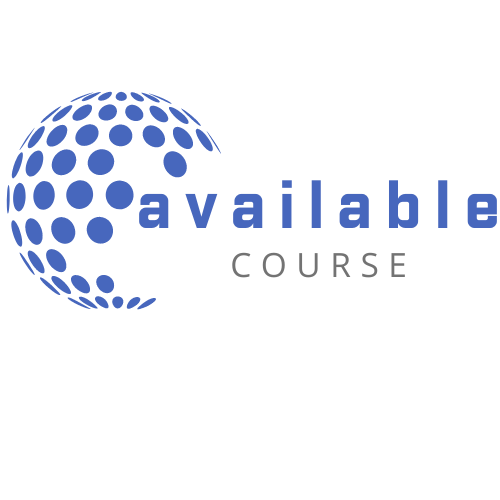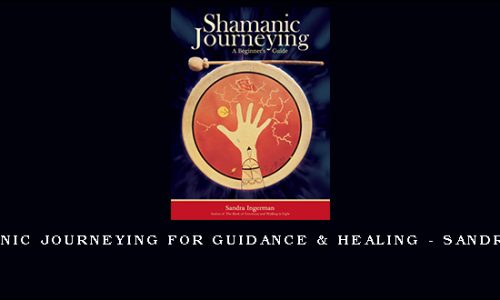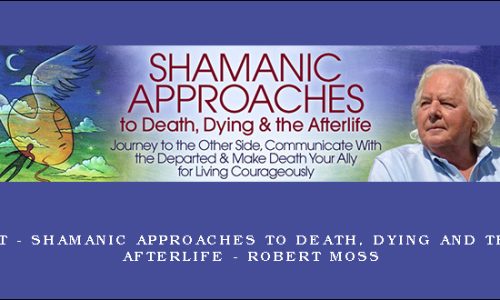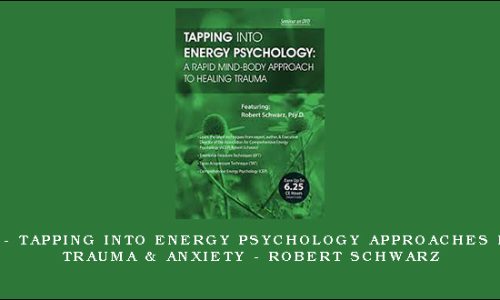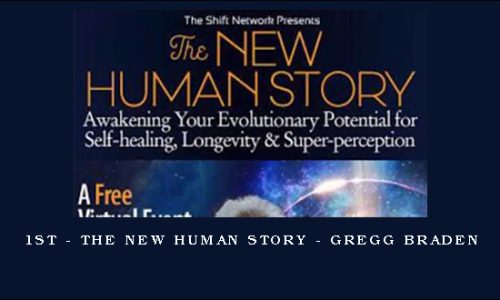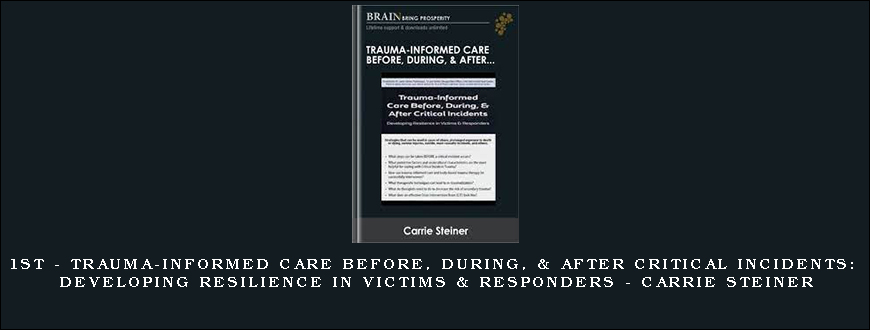
1st – Trauma-Informed Care Before, During, & After Critical Incidents: Developing Resilience in Victims & Responders – Carrie Steiner

Download 1st – Trauma-Informed Care Before, During, & After Critical Incidents: Developing Resilience in Victims & Responders – Carrie Steiner on Avaicourse.com
This course is available immediately. Please contact us at avaicourse17@gmail.com with the best service for more detailed advice.
Description:
TRAUMA INFORMED CARE: TRAUMA AWARENESS AND BRAIN RESPONSE
Social-ecological model of trauma impact
High clinical risk of developing trauma disorders
Brain development and trauma
Bidirectional relationships of trauma, substance abuse, and mental illness
DSM-5®: PTSD, ASD, trauma-related disorders
PRE-EVENT FACTORS THAT SHAPE TRAUMA COPING ABILITIES
Adverse Life Events (ACEs) Study
Genetics
Age, gender, sexual orientation/gender identity effects
Family history
Pre-existing mental health factors
Interventions
Education on trauma-informed care
Decreasing secondary trauma for professionals and others
Utilization of crisis services
Crisis Intervention Team (CIT) program
EVENT FACTORS THAT SHAPE TRAUMA RESPONSE
16 critical factors that impact development of a trauma disorder
Expected vs. unexpected trauma
Natural vs. human caused trauma
Individual vs. group trauma
Physical injury
Community and culture
Historical/generational trauma
Mass trauma
Interventions
Preparedness and mental rehearsal
Psychoeducation about normal stress reactions
Utilizing active coping skills
Limit exposure
Social support
FITNESS – HEALTH – MEDICAL Course
More information about Medical:
Medicine is the science and practice of establishing the diagnosis, prognosis, treatment, and prevention of disease.
Medicine encompasses a variety of health care practices evolved to maintain and restore health by the prevention and treatment of illness.
Contemporary medicine applies biomedical sciences, biomedical research, genetics, and medical technology to diagnose, treat, and prevent injury and disease,
typically through pharmaceuticals or surgery, but also through therapies as diverse as psychotherapy, external splints and traction, medical devices, biologics, and ionizing radiation, amongst others.
Medicine has been around for thousands of years, during most of which it was an art (an area of skill and knowledge) frequently having connections to the religious and philosophical beliefs of local culture.
For example, a medicine man would apply herbs and say prayers for healing, or an ancient philosopher and physician would apply bloodletting according to the theories of humorism.
In recent centuries, since the advent of modern science, most medicine has become a combination of art and science (both basic and applied, under the umbrella of medical science).
While stitching technique for sutures is an art learned through practice.
The knowledge of what happens at the cellular and molecular level in the tissues being stitched arises through science.
More Course: FITNESS – HEALTH – MEDICAL
Outstanding Course:1st – OB Emergencies – Jamie Otremba
Course Features
- Lectures 0
- Quizzes 0
- Duration 50 hours
- Skill level All levels
- Language English
- Students 0
- Assessments Yes
